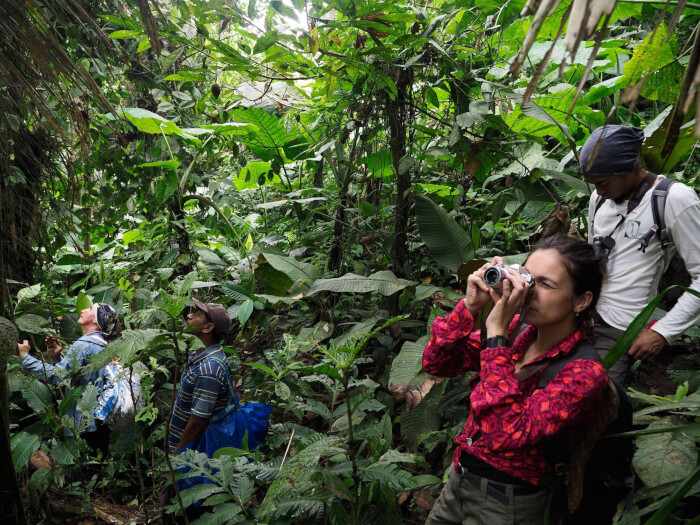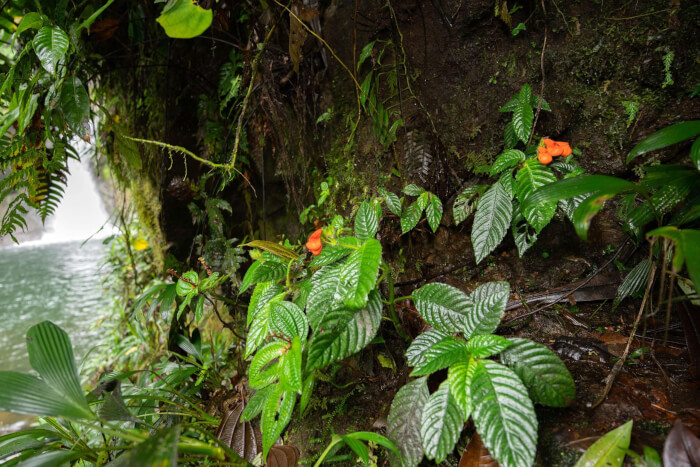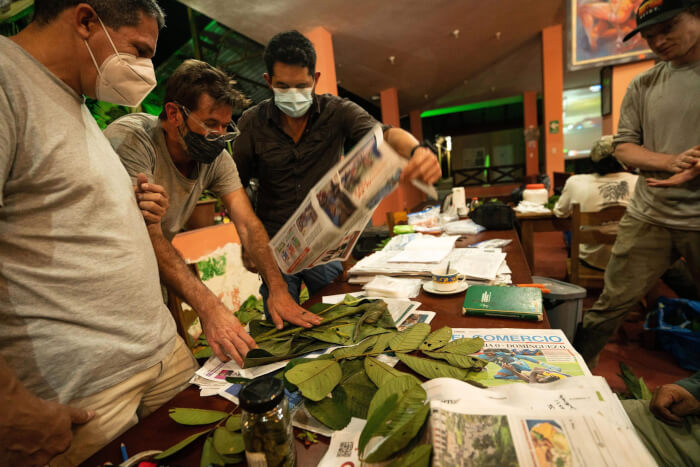Scientists Rediscovered Blazing Orange Wildflower Believed To Be Extinct For 36 Years
The wildflower, Gasteranthus extinctus, was found in South America. Previously, it has only been noticed in Ecuador’s cloud forest and the last time it was recorded was in 1985. Anticipating a dull future for the flower, researchers named it “extinctus” with the belief that it would soon die out, according to Dawson White, research fellow at the Field Museum in Chicago.
He added that the habitat loss, caused by deforestation in most of the cloud forest in the consequent years, has killed off several species. Researchers planned to re-investigate the western Ecuador in 2021 to find out if there were any patches of forest left and to look for the species previously inhabited the site. They found the flower within only days.
Though the flower, Gasteranthus extinctus, isn’t widely known in Ecuador, another member of its family, the African violet, is, according to Carmen Ulloa Ulloa, botanist and curator at the Missouri Botanical Garden, who wasn’t involved in the study, adding that “Many people probably have an African violet from Africa in their homes, but very few of the Ecuadorian native plants are cultivated for ornamentals.”
The land was initially redistributed to the working class in the 50s and 60s by the government. Subsequently, farmers would then chop down trees to create space for crops including cacao beans and bananas, most of which are exported to the U.S. “We were with local landowners, and they told us about their plans to continue to cut down some of these small forests that still remain,” White said.
The most apparent solution is to concentrate on ecotourism, attracting tourists to enjoy the natural land. Ulloa Ulloa explained that it’s a way to keep away deforestation, while also help reinforcing the country’s economy.
He added that the habitat loss, caused by deforestation in most of the cloud forest in the consequent years, has killed off several species. Researchers planned to re-investigate the western Ecuador in 2021 to find out if there were any patches of forest left and to look for the species previously inhabited the site. They found the flower within only days.
 Source: Riley Fortier
Source: Riley Fortier
A serendipitous moment
Researchers would then check out if anyone else had captured a similar picture, after the remarkable find. They found photos of the wildflower uploaded in 2019 by a group of Ecuadorian students enjoying an outing in a small conservation area. Source: Thomas Couvreur
Source: Thomas Couvreur
Though the flower, Gasteranthus extinctus, isn’t widely known in Ecuador, another member of its family, the African violet, is, according to Carmen Ulloa Ulloa, botanist and curator at the Missouri Botanical Garden, who wasn’t involved in the study, adding that “Many people probably have an African violet from Africa in their homes, but very few of the Ecuadorian native plants are cultivated for ornamentals.”
 Source: Riley Fortier
Source: Riley Fortier
Working against the clock
Dawson White believes that the wildflower remains threatened, though it isn’t considered extinct any more. In fact, the Ecuadorian government keeps on destroying the forest for their own gain, in spite of the devastation the cloud forest is already suffering from, leading to havoc in that part of the country, he said.The land was initially redistributed to the working class in the 50s and 60s by the government. Subsequently, farmers would then chop down trees to create space for crops including cacao beans and bananas, most of which are exported to the U.S. “We were with local landowners, and they told us about their plans to continue to cut down some of these small forests that still remain,” White said.
 Source: Riley Fortier
Source: Riley Fortier
The most apparent solution is to concentrate on ecotourism, attracting tourists to enjoy the natural land. Ulloa Ulloa explained that it’s a way to keep away deforestation, while also help reinforcing the country’s economy.
 Source: Dawson White
Source: Dawson White
Share this article
Advertisement